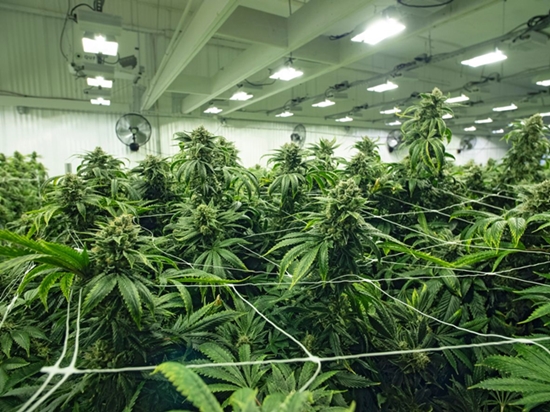Why Should You Cultivate Cannabis Indoors
What characterizes the ideal indoor strain? It needs a small, covert structure, for starters. Next, it needs flavorful terpenes and a high sufficient THC content to justify growing! Of course, the ideal indoor cultivar must also produce a satisfying yield when it is time to harvest it. All of the criteria are met by these strains.
Indoor cannabis cultivation comes with its own set of benefits and drawbacks. The environment is virtually entirely under the control of cultivators, who can readily manipulate light, irrigation, and nutrients. However, when cultivating strains that tend to reach swiftly for the light source, space might quickly become a problem.
Fortunately, cannabis breeders have experimented with genetics to produce strains that are perfect for growing indoors. These plants are simple to handle and train since they stay short. They can be raised in compact grow tents, and some growers even go as far as to hide them in repurposed computer towers and cabinets.
Why cultivate cannabis indoors?
Many cannabis growers find that their lives are made easier by indoor growing. Indoor grow tents offer a shelter if you are in a cold area with unfavorable weather or your yard lacking direct sunshine. Growers are able to raise weed according to their own rules since they have precise control over the light cycle, humidity, and nutrients.
Cannabis enthusiasts can keep their interest in herbs to themselves by growing cannabis indoors. Indoor grow tents with activated charcoal will get rid of the smell and significantly lower the likelihood of getting caught.
Are all cannabis strains good for indoor growing?
Technically, yes. All strains are capable of being cultivated indoors, however, some are far better suited to this setting than others. Because thick sativa and autoflowering varieties rarely grow taller than 120 cm, they are inherently suitable for confined settings.
Additionally, indoor agriculture gives growers time control. Cannabis strains that flower on a photoperiodic schedule only does so as summer gives way to fall and the growers can alter the light cycle indoors at any time to start flowering. Alternatively, they can prolong the growth period by maintaining plants in a light cycle tailored specifically for vegetables.
Tall sativa varieties have the capacity to reach heights of 300cm. Planting them in small containers will help growers control their vertical development, but they won't yield as much.
What characteristics would the ideal indoor strain have?
After much deliberation, they settled on three crucial characteristics: medium size, outstanding productivity, and extremely high THC levels. They bred parent strains of OG Kush and Strawberries Diesel to produce this result. HulkBerry, a developing polyhybrid, checked off all three boxes and then some.
65% of the genetics in HulkBerry are sativa and 35% are indica. She produces long, thick blossoms with vibrant hues. However, what stands out the most about her buds is the thick resin that a profusion of trichomes secretes. This sticky material has a remarkable 27% THC level and is rich in beneficial phytochemicals.
Royal Skywalker is a good option if you want an uncomplicated indoor growing experience. This plant will work diligently for 9–10 weeks to create buds once you switch your lighting to a flowering schedule. Prepare to clip and run dry to 600g/m2 of frosty blossoms before the conclusion of this period.







Comments
Post a Comment